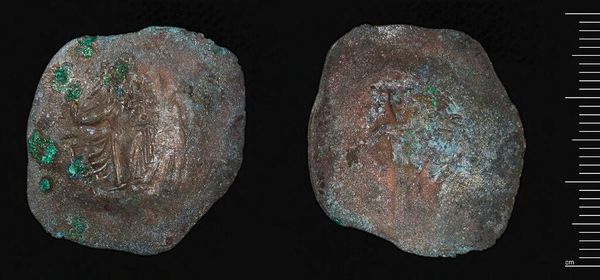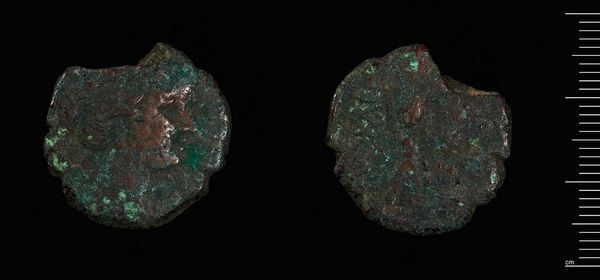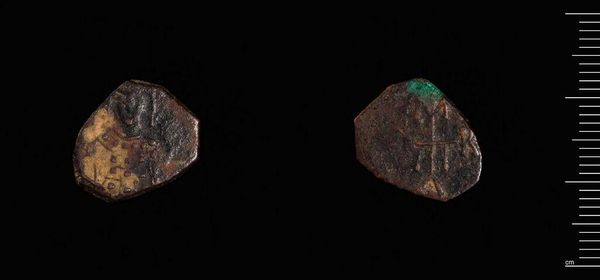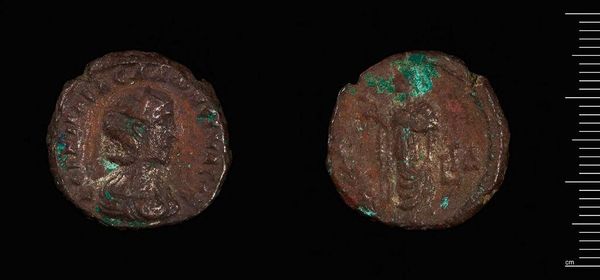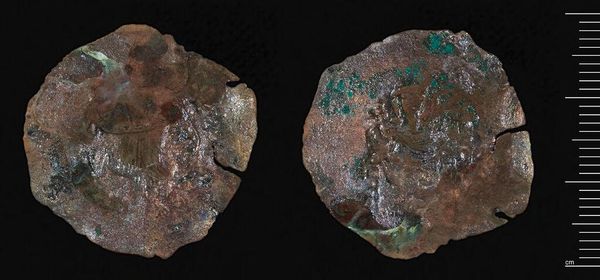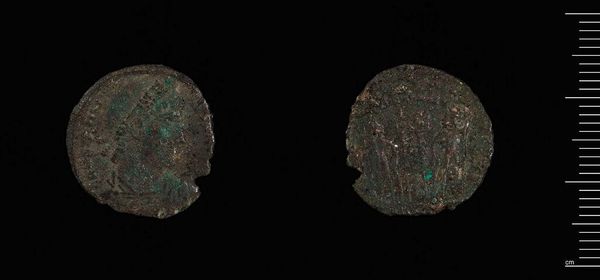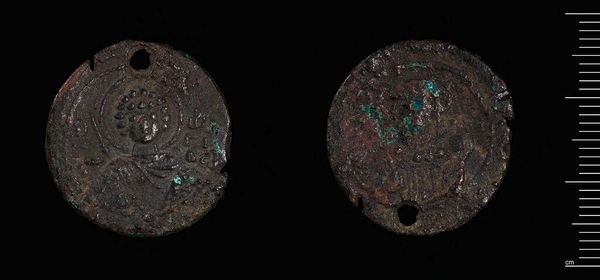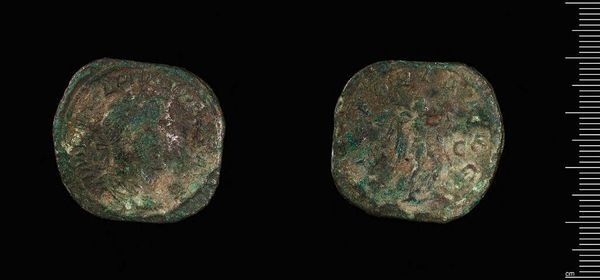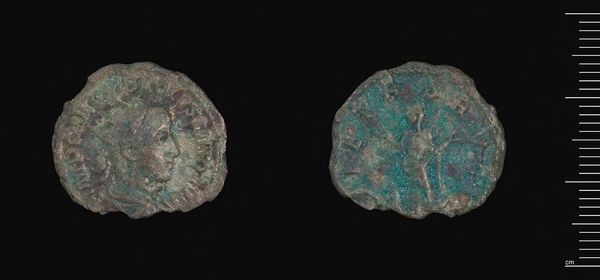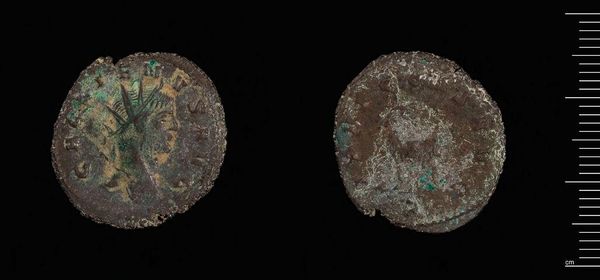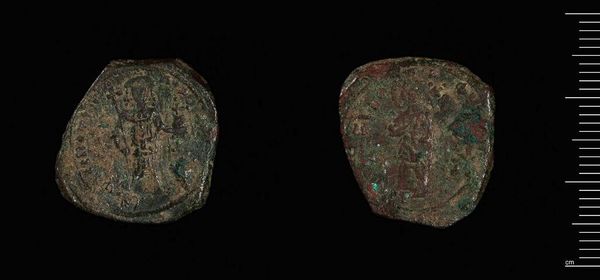
Dimensions: 8.51 g
Copyright: CC0 1.0
Editor: Here we have a Follis of Herakleios, struck in Constantinople, by Abd-al-Malik. What strikes me is how worn and aged it appears. It feels almost like holding a piece of history worn smooth by time. What stories do you think it holds? Curator: Indeed. It’s powerful to consider this coin, not merely as currency, but as a contested symbol. The Umayyads adopting Byzantine forms represents a fascinating appropriation of power dynamics and cultural identities. Editor: Appropriation? Curator: Yes. Consider the visual language of power: by using familiar imagery, Abd-al-Malik asserts his authority while subtly transforming its meaning. The coin becomes a site of negotiation between empires. Editor: So, it's a statement about control and identity, told through design? Curator: Precisely. It reminds us that even something as small as a coin can be a potent tool in the struggle for cultural dominance.
Comments
No comments
Be the first to comment and join the conversation on the ultimate creative platform.
